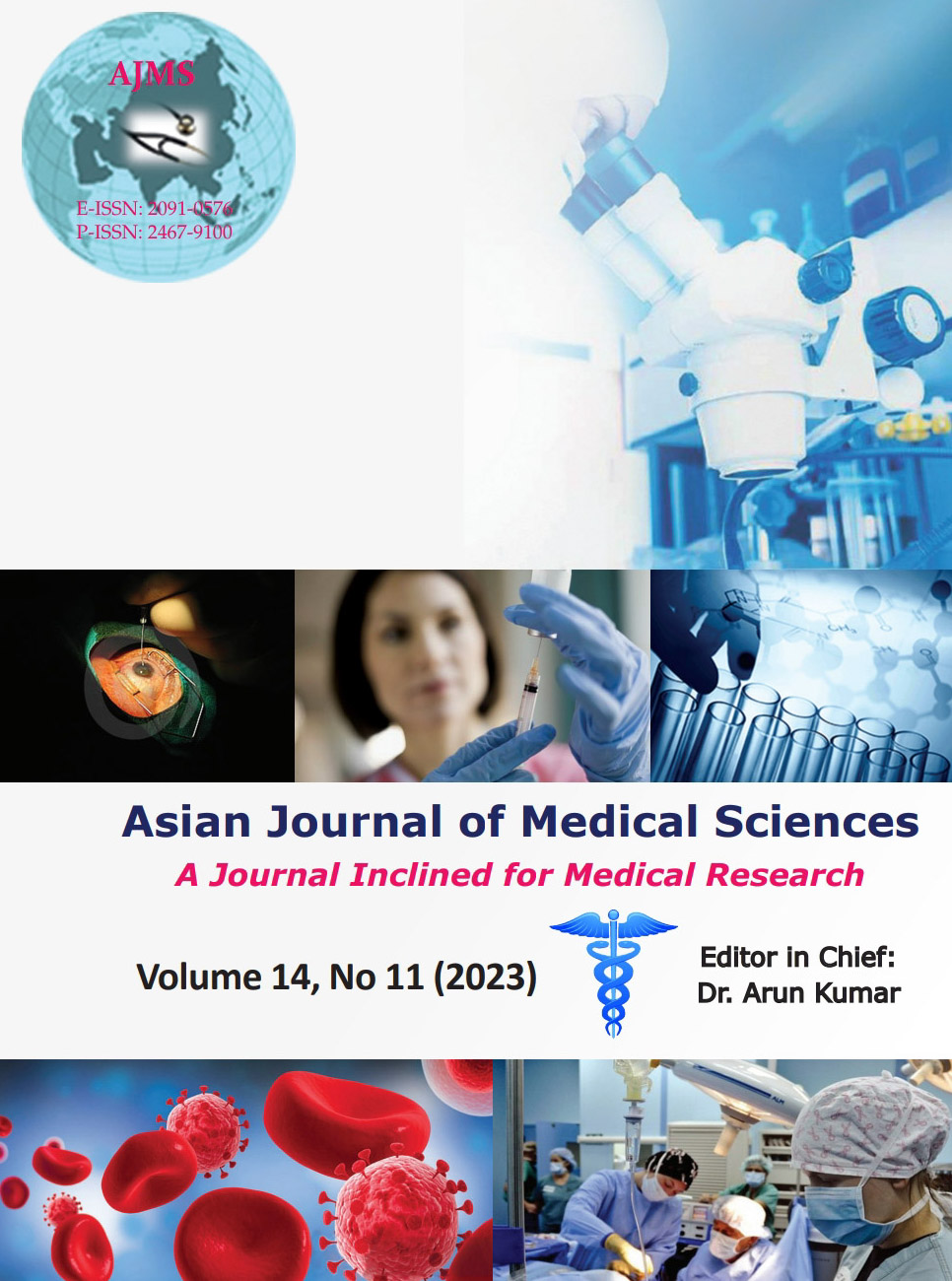Mupirocin resistance patterns in staphylococcus isolates causing cutaneous and soft-tissue infections: An epidemiological study in a tertiary health-care facility, Dhule, Maharashtra, India
Keywords:
Staphylococcus aureus; Skin and soft-tissue infections; Mupirocin resistance; Methicillin-resistant Staphylococcus aureus; Methicillin-resistant coagulase-negative staphylococci; Antibiotic susceptibility testing; Disk diffusion methodAbstract
Background: Skin and soft-tissue infections (SSI) caused by Staphylococcus aureus remain a significant concern in both community and hospital settings. Mupirocin resistance among these isolates poses challenges for infection management and control strategies.
Aims and Objectives: The aim of this study was to determine the prevalence and patterns of mupirocin resistance among staphylococcus isolates responsible for cutaneous and soft-tissue infections in patients attending a tertiary health-care facility. Along with that, the study investigated into mupirocin resistance prevalence and identified risk factors.
Materials and Methods: A prospective study was conducted at a medical college, including 256 non-consecutive staphylococcal isolates from SSI. Antibiotic susceptibility testing was performed using Clinical and Laboratory Standards Institute recommended methods. Mupirocin resistance was determined through disk diffusion testing using 5 μg and 200 μg Mupirocin disks for low-level and high-level resistance, respectively.
Results: Among the samples, 16.4% were methicillin-resistant S. aureus (MRSA) and 9.37% were methicillin-resistant coagulase-negative staphylococci. Mupirocin high-level resistance was found in 16.6% of S. aureus isolates, and mupirocin low-level resistance in 19% of MRSA isolates. The prevalence of resistance was lower in inpatient departments compared to outpatient departments. Associations were observed between resistance and patient demographics, history of mupirocin use, surgical site infections, hospitalization history, and diabetes.
Conclusion: Mupirocin resistance presents a multifaceted challenge in the context of both patient demographics and clinical settings. The prevalence of resistance was influenced by factors such as patient age, gender, and prior mupirocin usage.
Downloads
Downloads
Published
How to Cite
Issue
Section
License
Copyright (c) 2023 Asian Journal of Medical Sciences

This work is licensed under a Creative Commons Attribution-NonCommercial 4.0 International License.
Authors who publish with this journal agree to the following terms:
- The journal holds copyright and publishes the work under a Creative Commons CC-BY-NC license that permits use, distribution and reprduction in any medium, provided the original work is properly cited and is not used for commercial purposes. The journal should be recognised as the original publisher of this work.
- Authors are able to enter into separate, additional contractual arrangements for the non-exclusive distribution of the journal's published version of the work (e.g., post it to an institutional repository or publish it in a book), with an acknowledgement of its initial publication in this journal.
- Authors are permitted and encouraged to post their work online (e.g., in institutional repositories or on their website) prior to and during the submission process, as it can lead to productive exchanges, as well as earlier and greater citation of published work (See The Effect of Open Access).




